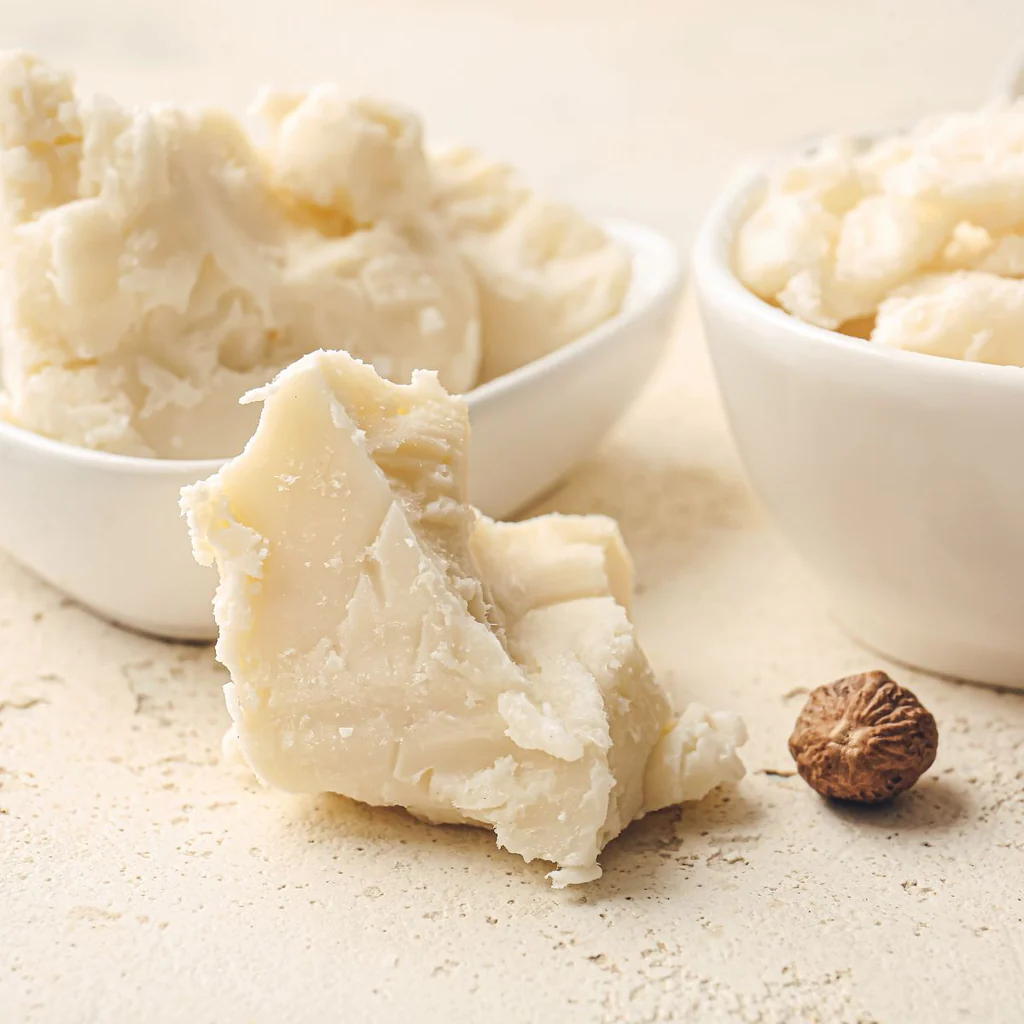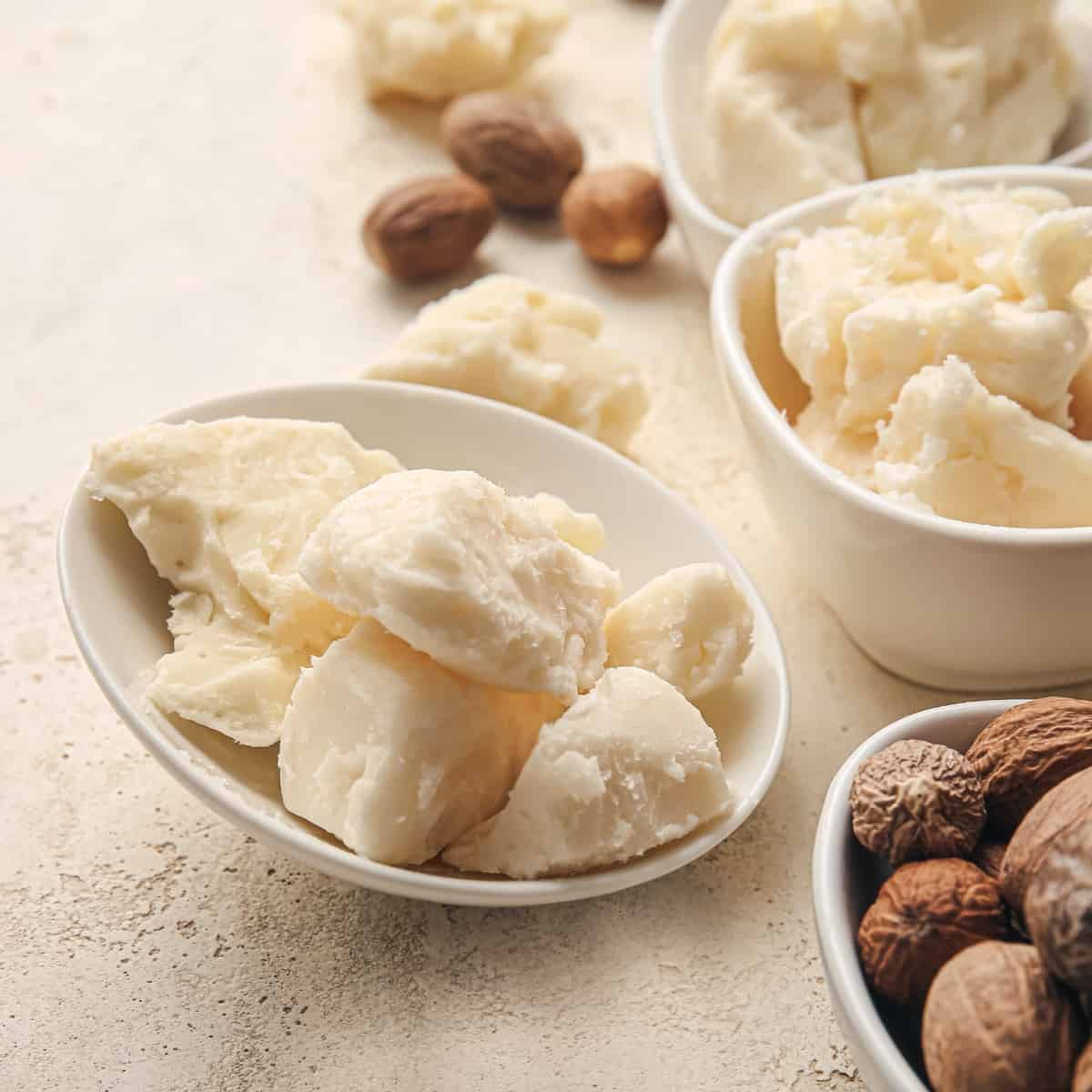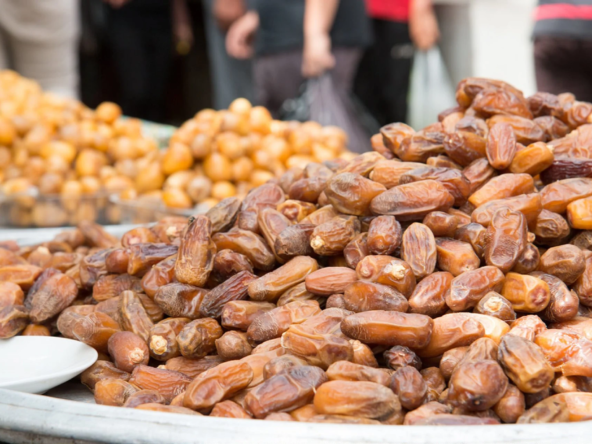Shea butter, often referred to as “women’s gold” in Africa, is a precious natural product extracted from the nuts of the shea tree (Vitellaria paradoxa). Found predominantly in the semi-arid savanna belt stretching across West and Central Africa, the shea tree is a lifeline for millions, providing income, food, and a key ingredient in cosmetics and pharmaceuticals. However, climate change poses a significant threat to this valuable resource, with rising temperatures, erratic rainfall, and shifting weather patterns affecting the delicate balance required for shea tree growth and shea butter production. This article explores the ways in which climate change impacts shea trees and what this means for the future of shea butter.
The Importance of Shea Trees
Shea trees grow naturally in the wild, primarily in countries such as Nigeria, Mali, Burkina Faso, Ghana, and Côte d’Ivoire. These trees are known for their resilience, thriving in harsh conditions where other plants may not survive. The shea tree takes about 15 to 20 years to mature and can live for up to 200 years, providing a stable source of nuts that are harvested, processed, and turned into shea butter.
Beyond their economic importance, shea trees contribute to environmental sustainability by preventing soil erosion, maintaining soil fertility, and supporting biodiversity. They also serve as carbon sinks, helping to mitigate climate change by absorbing carbon dioxide from the atmosphere.
Climate Change and Its Effects on Shea Trees
1. Rising Temperatures:
Shea trees are adapted to a specific climate range, with optimal growth occurring at temperatures between 24°C and 32°C. However, global warming is pushing temperatures beyond this range, leading to increased heat stress on the trees. Higher temperatures can cause a reduction in flowering, fruiting, and overall growth. Prolonged exposure to extreme heat can also weaken the trees, making them more susceptible to pests and diseases.
2. Erratic Rainfall Patterns:
Rainfall is a critical factor for shea tree growth and nut production. In recent years, rainfall patterns in the shea belt have become increasingly unpredictable, with prolonged droughts and sudden heavy rains becoming more common. Drought conditions can lead to water stress, reducing the tree’s ability to produce nuts. On the other hand, heavy rains can cause flooding, soil erosion, and damage to the tree’s root systems. Both scenarios negatively affect the quality and quantity of shea nuts, ultimately impacting the supply of shea butter.
3. Increased Pest and Disease Pressure:
Warmer temperatures and increased humidity create favorable conditions for pests and diseases that threaten shea trees. For example, insects such as borers and caterpillars can attack the tree’s bark and leaves, reducing its ability to photosynthesize and produce nuts. Diseases like powdery mildew, caused by fungi that thrive in humid conditions, can spread more rapidly under changing climatic conditions. These pests and diseases not only affect the health of the trees but also reduce the yield and quality of the nuts.
4. Shifting Geographic Ranges:
As the climate continues to change, the suitable habitat for shea trees may shift northward or into higher altitudes, where temperatures are cooler and rainfall patterns are more stable. This shift could lead to a reduction in the overall area available for shea cultivation, particularly in regions that become too hot or dry for the trees to survive. Communities that depend on shea butter production could face increased challenges as they need to adapt to new areas or potentially abandon shea production altogether.

The Future of Shea Butter Production
Given the challenges posed by climate change, the future of shea butter production is uncertain. However, several strategies could help mitigate the impacts and ensure the sustainability of this valuable resource:
1. Sustainable Agroforestry Practices:
Implementing agroforestry systems that combine shea trees with other crops can enhance the resilience of shea-producing landscapes. Intercropping shea with legumes or other trees can improve soil fertility, increase water retention, and create a more favorable microclimate for the trees. Agroforestry can also provide additional sources of income for local communities, reducing their dependence solely on shea nuts.
2. Community-Based Conservation Efforts:
Local communities play a crucial role in the conservation and sustainable management of shea trees. Community-led initiatives to protect existing shea stands, promote sustainable harvesting practices, and reforest degraded areas with young shea trees can help build resilience against climate change. Education and training on climate-smart agricultural practices can empower communities to adapt to changing conditions.
3. Research and Development:
Investing in research to develop climate-resilient shea tree varieties is essential. Scientists are exploring ways to breed shea trees that are more resistant to heat, drought, and pests. Additionally, improving post-harvest processing techniques and storage methods can help reduce losses and maintain the quality of shea nuts under changing climatic conditions.
4. Policy and Advocacy:
Governments and international organizations have a role to play in supporting shea butter production through policies that promote sustainable land management, provide financial incentives for sustainable practices, and facilitate access to markets. Advocacy efforts to raise awareness of the challenges faced by shea producers due to climate change can also help garner support for global climate action.
Conclusion
Climate change poses significant challenges to shea butter production, threatening the livelihoods of millions who depend on this vital resource. However, with the right combination of sustainable practices, community involvement, research, and policy support, it is possible to adapt to these changes and secure the future of shea butter production. By understanding and addressing the environmental impacts on shea trees, we can help ensure that this “women’s gold” continues to provide economic and environmental benefits for generations to come.
Ajigofarms is a reliable global agricultural purchase sourcing with profound expertise in the manufacturing, and exportation of food crops. We are tested, and trusted suppliers of all kinds of cash crops and food crops. Our constant supply chain solution makes exporting easy, quick, and safe, we are identified with timeliness and meeting up with deadlines. Regardless of the region you are located in worldwide, you can reliably order your Agric products and be rest assured of successful delivery.




